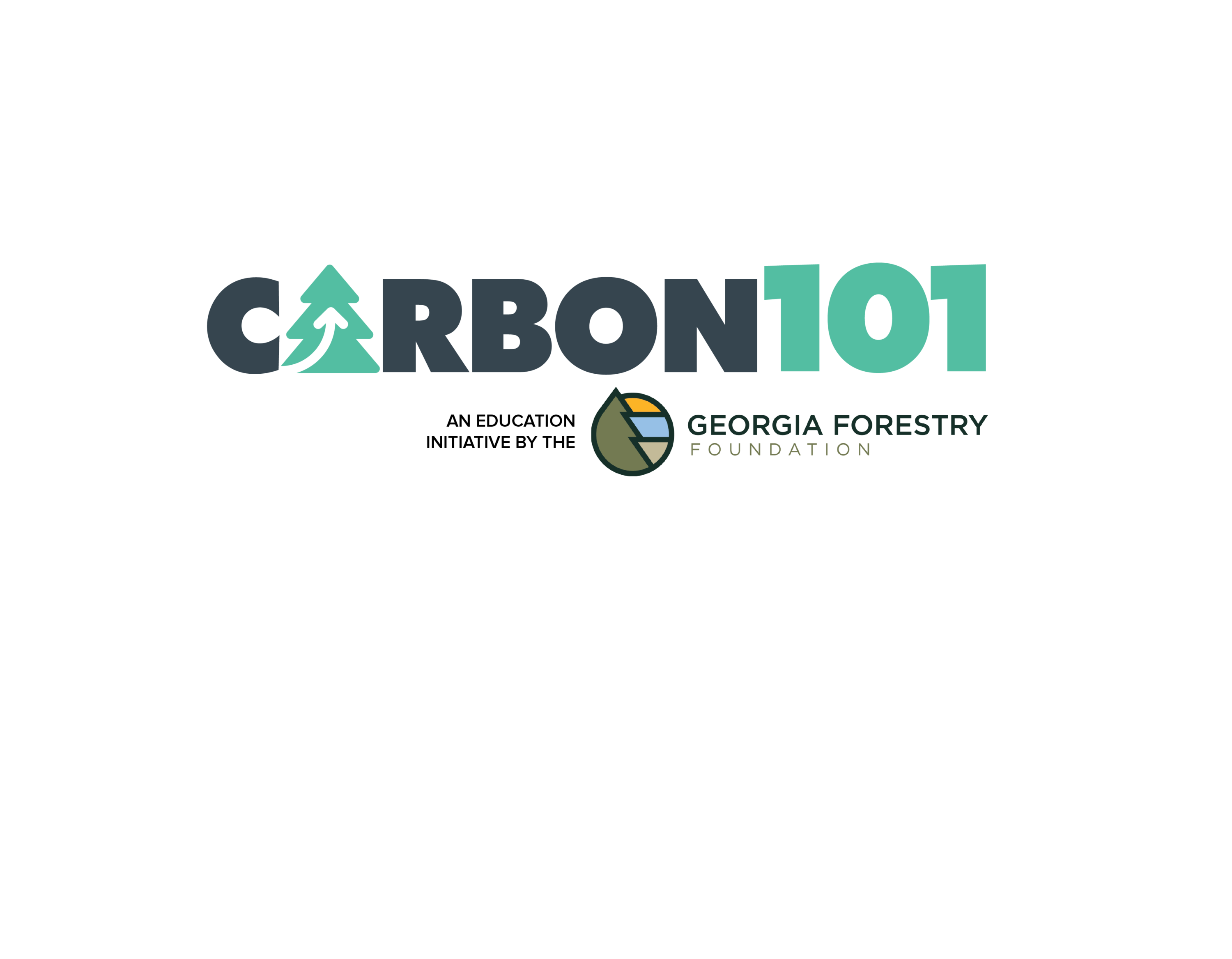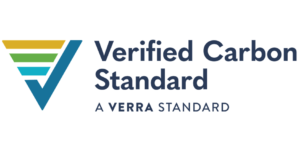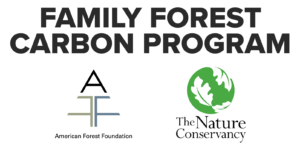The Carbon101 educational initiative was developed for GFA members by the Georgia Forestry Foundation and serves as a repository of trusted information for landowners and GFA members about carbon markets. In producing this content, we have worked with several carbon marketplace experts to gather information and develop video content.
The tabs below will guide you through the core functions of the forest carbon market in the United States. You must be a GFA member to view this content. If you are not a member and would like to learn more, please contact Matt Hestad (matt@gfagrow.org)
The Composition of the Forest Carbon Market
Carbon trading began globally in the late 1990’s with the signing of the Kyoto Protocol. Voluntary carbon markets emerged in the United States around the early-mid 2000’s with the Chicago Climate Exchange. However, many landowners are just now becoming aware of them due to the recent explosion in growth of this sector over the last several years.
Whether you are just now beginning to explore carbon markets, or you have followed them since the early days, GFA wants to ensure that you have all the information necessary to make informed decisions about implementing carbon projects on your land.

Market Types
Will you participate in the voluntary or compliance marketplace?

Carbon Registries
Which registry will you choose to verify and list your carbon credits?

Carbon Developers
What developer will you choose to sell your carbon credits?
Market Types
Compliance Carbon Markets are utilized by companies that need to comply with a regulatory act and so choose to purchase carbon credits to offset some of their emissions, reducing net pollution.
- Compliance markets tend to have a higher price per carbon unit and a higher demand from buyers. However, this market type often requires longer commitment from the landowner (100+ years) for management, as well as more ongoing costs in regulatory review and inventory.
- Compliance markets are regulated by mandatory state, national, regional or international carbon reduction regimes, meaning that their prices generally remain more stable. A good example of this market type is California’s Cap-and-Trade Program, which launched in 2013.
Voluntary Carbon Markets are primarily utilized by individuals or entities wishing to demonstrate environmental and social responsibility by voluntarily purchasing carbon credits.
- The prices paid in these markets generally have a wide standard deviation and have ranged from $0.1/MtCO2e to $70/MtCO2e. It’s important to note that these markets utilize more lenient guidelines than the compliance markets — shorter time commitments, fewer audits, etc.
- However, that isn’t to say that the offsets generated from voluntary markets are sub-par or not scientifically sound. Voluntary carbon market programs must be approved by a carbon standard program such as the American Carbon Registry (ACR), Climate Action Reserve or Verra.
Carbon Offset Standards or Registries
Carbon offset “standards” or “registries” can be confusing to forest carbon newcomers since the terms are loosely defined, and you will see that several organizations use the terms interchangeably. For example, several offset programs call themselves “standards” (e.g., Verified Carbon Standard or Gold Standard), and others will call themselves “registries” (e.g., American Carbon Registry). However, know that these are offset programs that have the same basic functions and components.
Digging Deeper
It is important to make a clear distinction between the two terms. As the forest carbon market continues to evolve, we will keep you up to speed on how these terms impact your forest carbon project.
-
A Carbon Offset Registry is a system for reporting and tracking offset project information including project status, project documents, credits generated, ownership, sale and retirement. All offset programs must utilize a registry.
- A Carbon Offset Standard can include protocols/methodologies and guidance documents. These standards provide guidance and/or specifications on GHG quantification, monitoring and reporting. Stand-alone standards typically do not have an associated regulatory body that registers projects and also do not typically have registration and enforcement systems to track and ensure legal ownership of offset credits.
- In other words, standards do not have registration and enforcement systems. The use of a standard alone is not sufficient to guarantee the quality of offset credits.
- Many offset registries will have their own standards as part of their program that outline requirements and guidance for offset projects. In addition, you will see many registries refer to their internal standard as “adhering to” a widely known or accepted standard.
Get Acquainted with the Common Carbon Offset Standards
We will dig into each of the carbon standards / registries in Section 3. The nationally and globally recognized Carbon Offset Standards fall into two major categories — Certified Carbon Credits and Voluntary Carbon Credits. Voluntary Carbon Credits are used most frequently for forest carbon projects.
The major standards for Voluntary Market Carbon Credits include:
Note: each of the standards below also have their own registry to serve as a complete carbon program.
The primary standards for Compliance Market Carbon Credits include:
Carbon Developers
Carbon Developers are independent organizations who work with landowners to develop qualified carbon offset projects. Developers assess the amount of carbon that your property can offset, help with the construction and monitoring of a project, and market/sell the offset as credits on the carbon exchange market.
We will go in depth on carbon developers in Section 3, but here are a few of the companies that you will most likely work with on forest carbon projects.
Section 3: Players
Now that you understand the carbon market, let's take a look at the "players" or the companies and organizations that you will interface with in your journey. Here we will review:
Carbon Developers (who buys and sells carbon credits)
Carbon Registries (who verifies the carbon credits)
Let's Go
Carbon Registries (who verifies the carbon credits)
FOREST CARBON NEWS
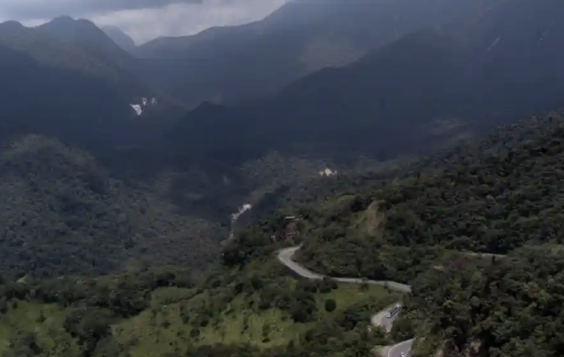


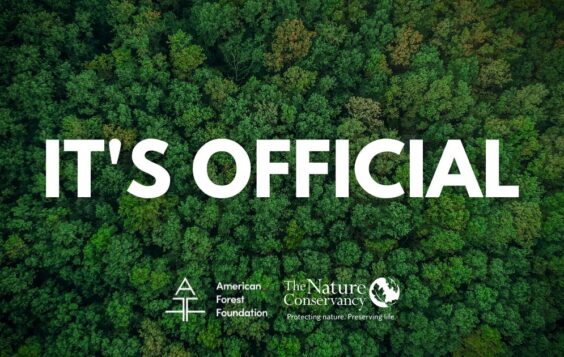
Questions? Drop us a Line!
We are here to support you in your forest carbon journey.
Call our office today at 478-992-8110 or contact Matt directly.
Call our office today at 478-992-8110 or contact Matt directly.



